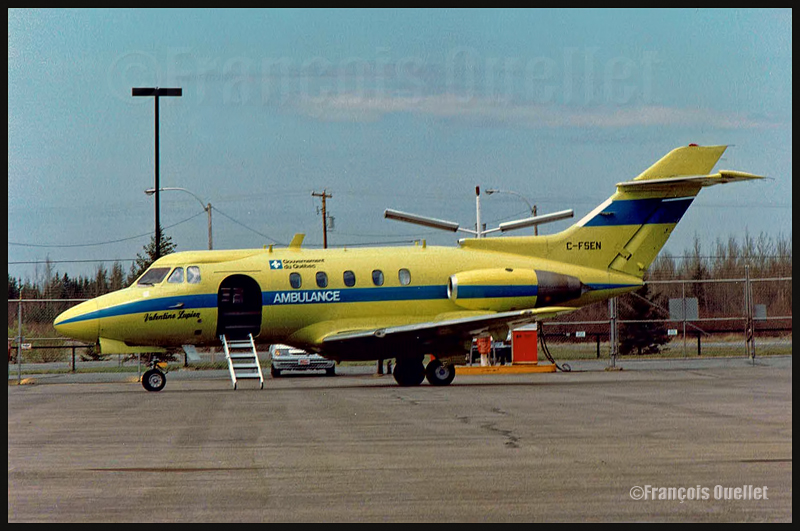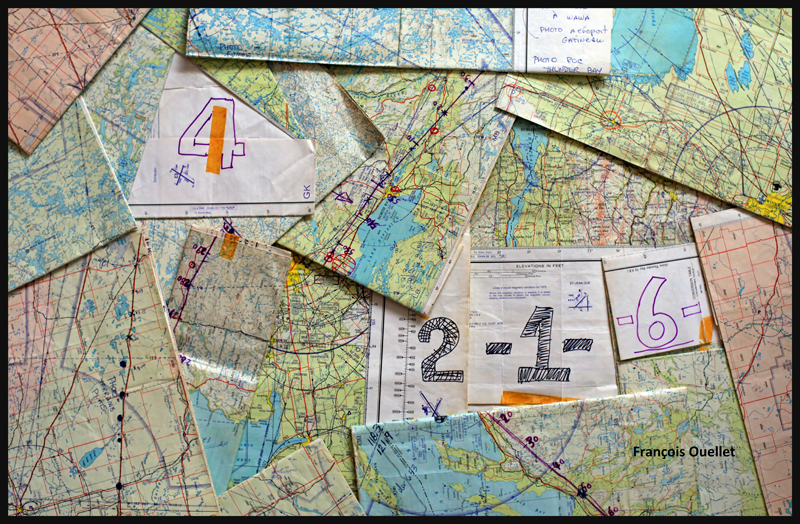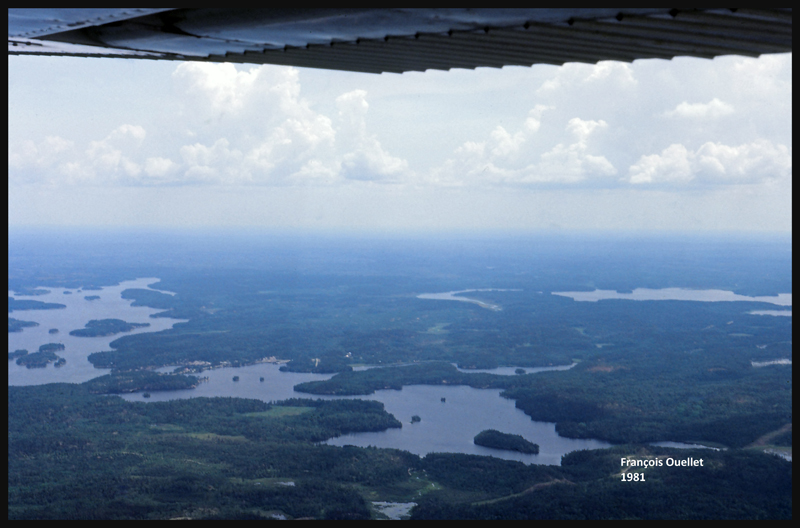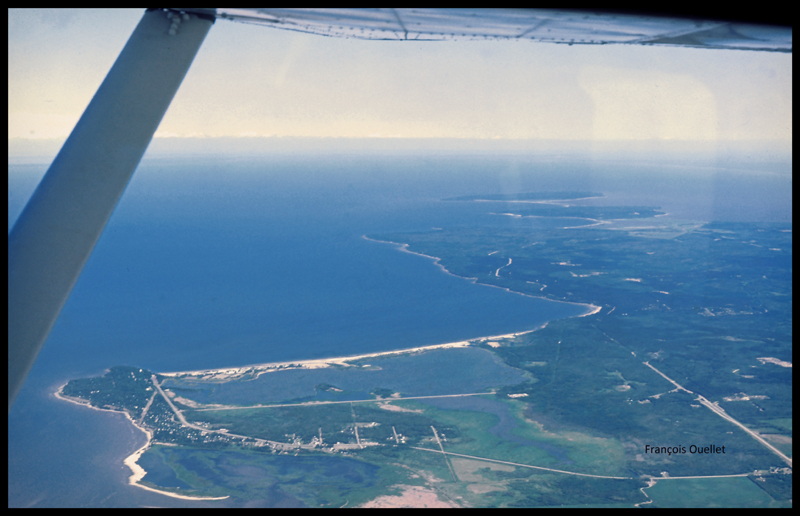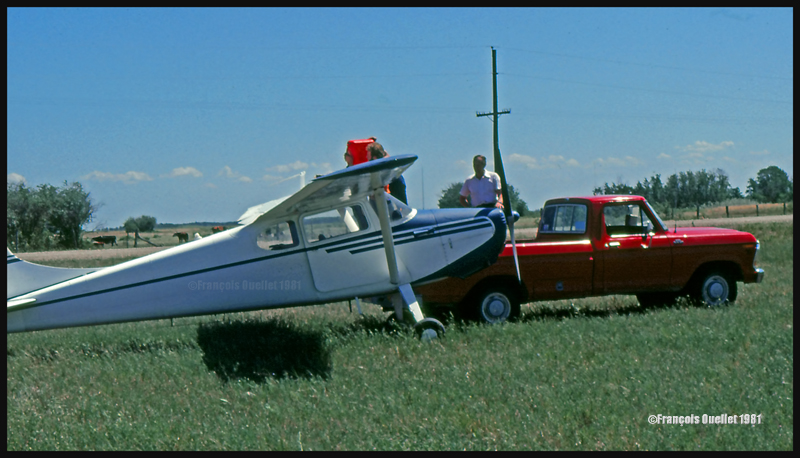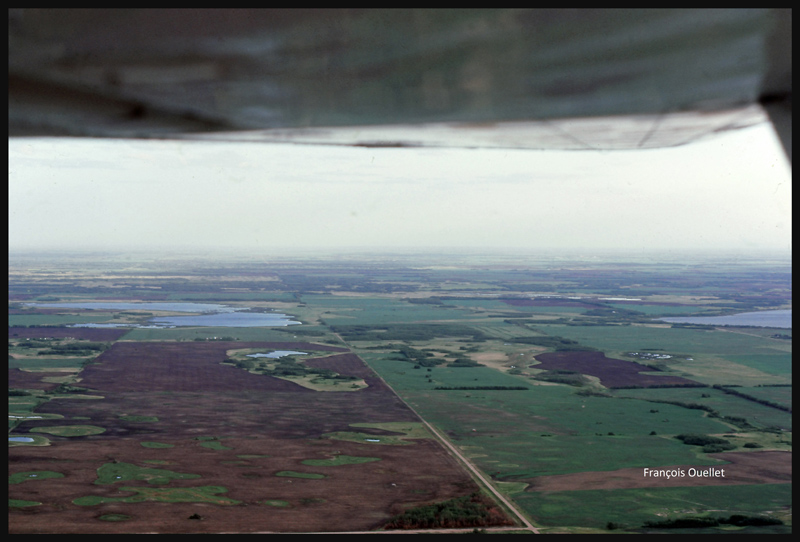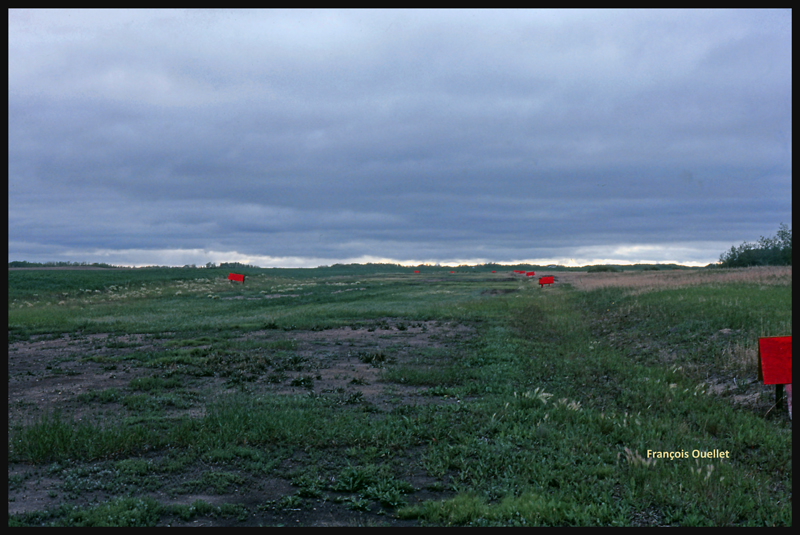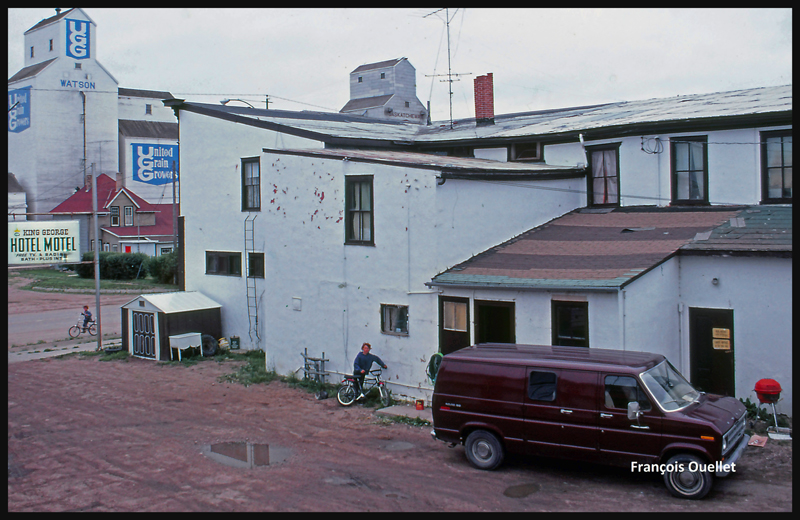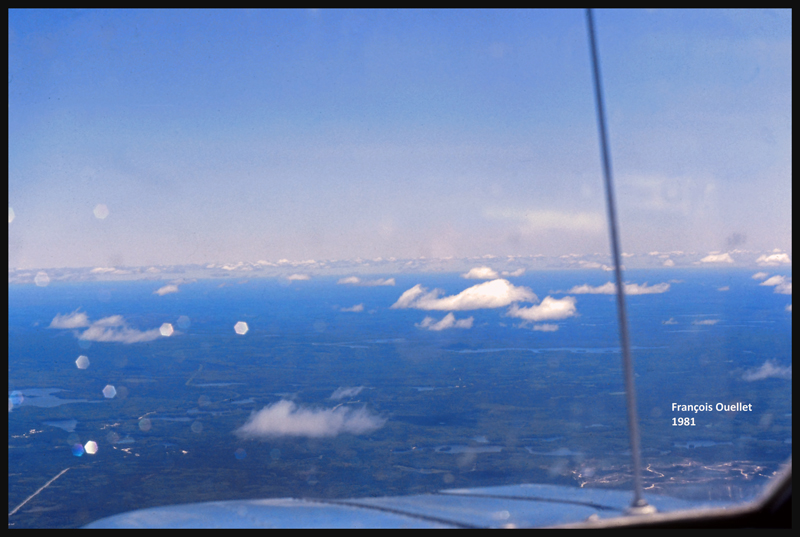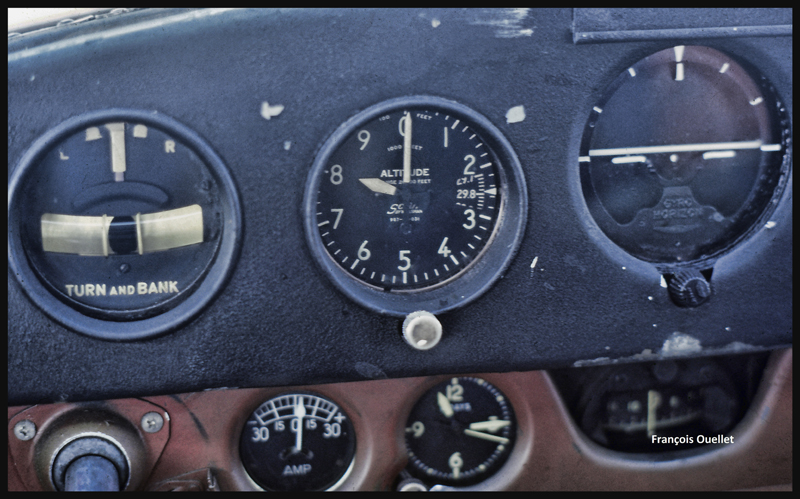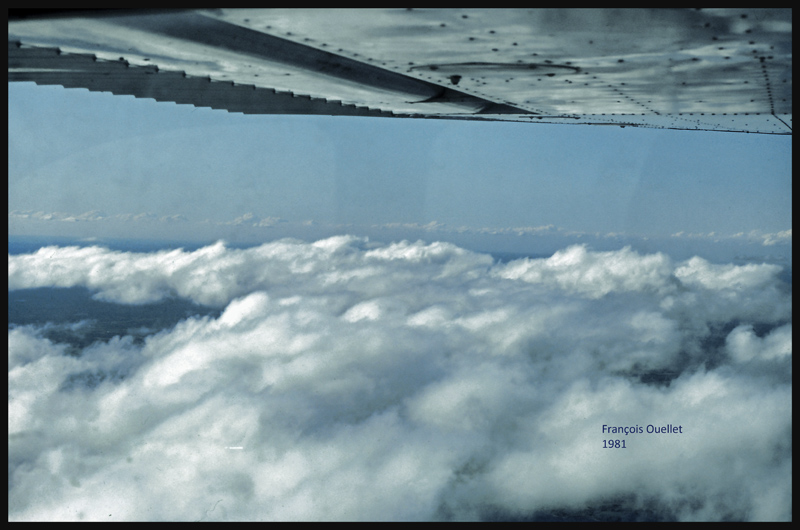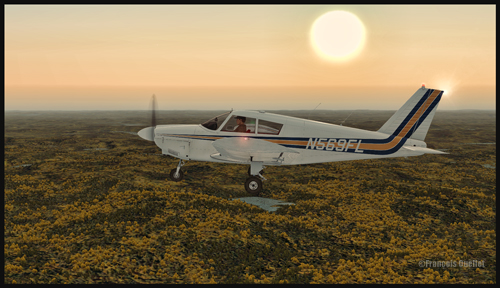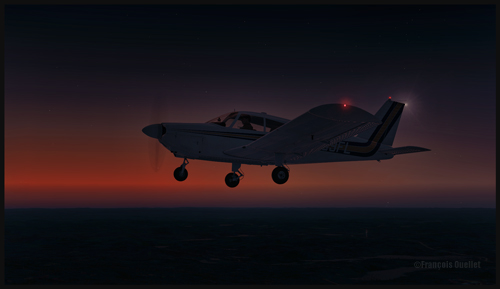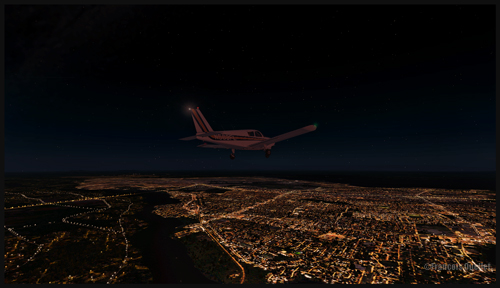There are seven very interesting articles, in the non-fiction category, in this anthology. Published between 2009 and 2013 in publications like The New Yorker, Vanity Fair, Esquire, Men’s Journal or Q2U.S, they allow the reader to catch-up on events that happened around the planet.
Those stories received a lot of attention from the medias since they covered popular topics like a mid-air collision between two jets, a jewel heist by the Pink Panthers, a botched covered operation by Mossad, wild animals freed by their owner near a small American city, the son of a wealthy American who suddenly leaves United States for Lybia to fight against Khadafi. The reader can also learn more about Apollo Robbins, the king of pickpockets and, finally, comes the weird story of a film making that started in 2006 in Ukraine and is still not ready today.
Le diable à 37,000 pieds (The Devil at 37,000 feet)
This story presents all the elements that contributed to create a mid-air collision: a new crew recently trained on an aircraft loaded with a modern technology that makes flight management more complicated than anything else; air traffic controllers letting their expectations impear their judgment; tired and under pressure careless pilots; passengers disturbing the flying crew by visiting the cockpit on multiple occasions.
It is paradoxal to realize that the extreme precision offered by modern flight navigation equipment also increases the possibility that two aircrafts hit each other in flight.
Pink Panthers
A popular name that sends the reader back to the movies where Peter Sellers played a distracted police inspector. But the article is about the real thing: What circumstances favored the creation and international development of the multiple groups of thiefs that came to be known as the Pink Panthers.
The different Pink Panthers groups have robbed more than 152 jewelry stores since 2002 and pocketed around 250 million dollars. The reader learns that most Pink Panthers members come from the Balkan region and that they operate from Italy, France, Belgium, the Netherlands, Denmark and Switzerland.
The author uses the opportunity to explain how the Milosevic’s gangster regime was put in place in Serbia, a State transformed into a criminal business: “In March 2001, soon after the fall of Milosevic, we discovered, in a safe rented by municipal civil servants from a Belgrade bank, more than 660 kilos of a 93% pure heroin, valued at approximately 100 million dollars on the street”.
Montenegro is also associated with significant banditry and the author tells us about a meeting he had in that region with a former Pink Panthers. In order for criminal groups to survive and develop, there is an essential collaboration with politicians and the border services staff.
Opération Dubaï (Dubaï Operation)
In January 2010, a Mossad team lands in Dubaï with the intention of killing Mahmoud al-mabhouh. The agents are part of an ultra-secret section called “Césarée”. Although they reached their goal, the mission was somewhat a failure since it was possible to determine very rapidly who were the killers, which embarrassed Israël.
The article recounts the general progress of the operation in Dubaï and enhances the important mistakes that eventually damaged the Mossad’s reputation for efficiency.
Here are some of those mistakes:
1. Agents are sitting for hours in a hotel lobby, thus attracting the staff’s attention.
2. Two members of the team head towards the hotel washrooms, where they change their appearance by using a wig and sunglasses, all this while their physical transformation is filmed by an hotel camera positioned near the toilet’s door.
3. The man in charge of planning the covert operation has a huge ego and does not tolerate criticism or a difference of opinion.
4. Carelessness is shown when the team members are equipped with Payoneer prepaid calling cards. Those cards are mostly used in United States and the Payoneer’s director, Yuval Tal, is a veteran of the Israel’s Defence Force elite commando. While they were at it, why not give a Mossad colored business card directly?
5. The person in charge of the operation greatly underestimates the capacity and will of Dubaï’s police force to find the culprits behind Mahmoud al-mabhouh’s death.
6. Every phone call made by the team transit through the same system located in Austria.
An increase in the number of operations lead by Mossad certainly contributed to the non-compliance with respect to the security protocol. Meir Dagan eventually had to step down and the relations between the Mossad and other occidental intelligence services were impacted.
La désertion des animaux du zoo (Animals)
This is a very interesting account of an incident that made the news around the world. At the end of 2011, in Zanesville, Ohio, the owner of about fifty wild animals killed himself, not without having precedently opened the cages of all the wild animals he was keeping on his private property.
The story allows us to share a bit of the emotions lived by the inhabitants living close to the private zoo. We witness the quick reaction and organization needed to face the lions, tigers and bears that are now free to go where they want in the fields near Zanesville. It’s a very well written story.
Vacances de printemps arabe (Arab Spring Break)
This is the story of a rich American who abandons his wealthy neighborhood to go fight against Khadafi in Lybia. This type of story, told with a humoristic approach, was possibly quite amusing in 2012. But with the departure of numerous young kids gone to join ISIS during the past few years, the tone used in the article is now kind of awkward.
Le roi des pickpockets (A Pickpocket’s Tale)
The article is about the life of Apollo Robbins, a now internationally famous pickpocket that has appeared on multiple TV programs around the world, among them National Geographic’s “Brain Games”.
Un tournage pris dans l’engrenage (The Movie Set That Ate Itself)
Through the account of a movie director’s eccentric behaviour in Kharkov, Ukraine, the reader is made aware of the exaggerated control that a human can impose on other persons. It also shows the easiness with which people are ready to accept a totalitarian control in their life. All this while the movie itself is about the dictatorship lived in Russia, more precisely in Moscow, during the fifties and sixties.
Title : Le diable à 37000 pieds
Éditions du sous-sol, Paris ©2011, 2012,2013 for the French translation
Feuilleton magazine pocket anthology (Non-Fiction)
ISBN : 978-2-36468-036-4
Original English version:
The Devil at 37,000 Feet: in Vanity Fair, ©2009, William Langewiesche
The Pink Panthers: in The New Yorker, ©2010, David Samuels
The Dubaï Job: in Q2U.S, ©2011, Ronen Bergman
Animals: in Esquire, ©2012, Chris Jones
Arab Spring Break: in Men’s Journal, ©2012, Joshua Davis
A Pickpocket’s Tale: in The New Yorker, ©2013, Adam Green
The Movie Set That Ate Itself: in Q2U.S, ©2011, Michael Idov

